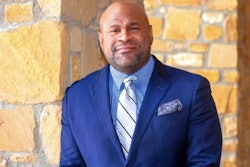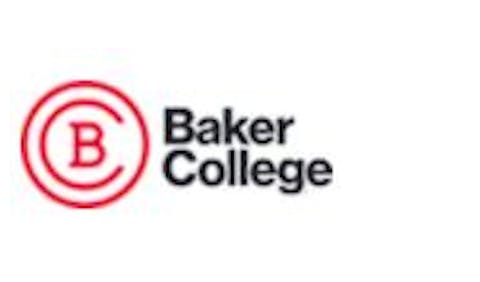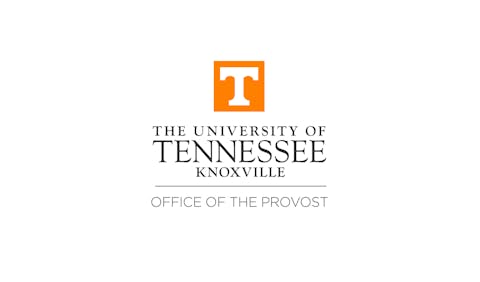
The signing ceremony featured an unusual arrangement of children seated at desks around the President, each with mock versions of the order to sign alongside Trump.
"I will sign an executive order to begin eliminating the Federal Department of Education once and for all," Trump declared during the ceremony. "And it sounds strange, doesn't it? Department of Education, we're going to eliminate it, and everybody knows it's right, and the Democrats know it's right."
The executive order has prompted immediate concern from higher education advocates and diversity leaders across the nation. The National Association of Diversity Officers in Higher Education (NADOHE) issued a strong statement opposing the action.
"This step would further harm institutions of higher education and negatively impact diversity, equity, and inclusion initiatives, threatening access to education for historically underserved students and communities," said Paulette Granberry Russell, President and CEO of NADOHE.
Similarly, the American Association of State Colleges and Universities (AASCU) expressed strong opposition to the move.
"We are dismayed by the administration's executive order calling for the dismantling of the Department of Education," said Dr. Charles L. Welch, AASCU President. "The Department of Education promotes student achievement, prepares students for global competitiveness, and ensures equal access to education."
Civil rights organizations have highlighted particular concerns about how eliminating the department would affect marginalized groups. Asian Americans Advancing Justice – AAJC called the executive order "a disgrace" in their official response.
"This is especially concerning for students of low-income and marginalized backgrounds, including 2.7 million Asian American, Native Hawaiian and Pacific Islander students who are often overlooked and discriminated against," the organization stated.
NADOHE emphasized that millions of students depend on federal education programs, including 6.6 million Pell Grant recipients who rely on federal aid to afford college. The organization also noted that six states derive more than 20 percent of their education budgets from federal funds.
Despite the executive order, Trump cannot unilaterally eliminate the Department of Education, as only Congress can formally shut down a cabinet-level department. Republican Senator Bill Cassidy of Louisiana has already announced plans to introduce legislation supporting the President's goal.
However, political analysts note that such legislation would likely face significant hurdles in passing the Senate, where Republicans hold 53 seats but would need 60 votes to overcome a filibuster.
"The administration is misleading the public by framing this decision as an effort to return control to states," NADOHE stated. "In reality, this is an effort to gut federal education funding through block grants—an ineffective, unaccountable mechanism that will result in fewer resources, larger class sizes, and deep inequities in educational access."
Education advocates are already preparing for legal battles."We do expect that there will be a lawsuit challenging today's executive order," NADOHE confirmed in their statement.
Critics like Democratic Representative Rashida Tlaib of Michigan have called the move "blatantly unconstitutional," arguing that without the Department of Education, "no one will be left to ensure civil rights laws are enforced in our schools."
The Trump administration has defended the order, claiming that vital programs will be preserved.
"They're going to be preserved in full and redistributed to various other agencies and departments that will take very good care of them," Trump said during the signing ceremony. However, the order specifically stated that no further federal funds would go to programs related to "gender ideology" or diversity, equity, and inclusion initiatives.
As legal challenges begin to take shape, many in higher education remain concerned about the immediate impact on educational access and equity. As AASCU's Welch concluded, "The administration should encourage Education Secretary Linda McMahon to work with key stakeholders in a nonpartisan approach to implement policies and strategies that further improve the nation's elementary, secondary, and postsecondary institutions, not weaken them."















